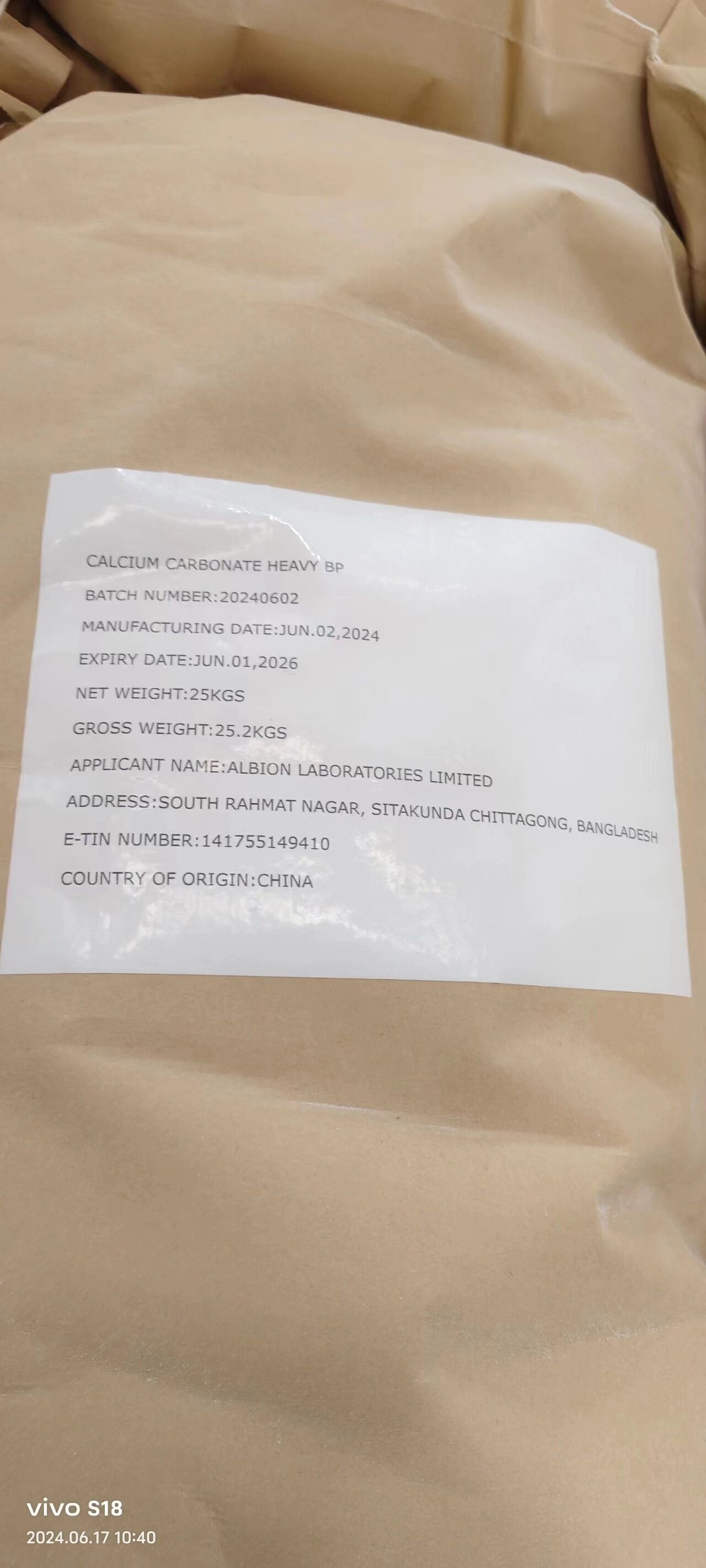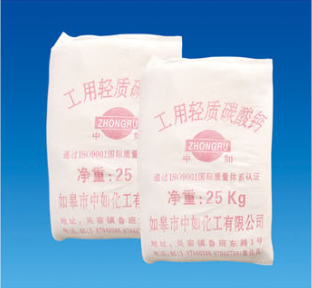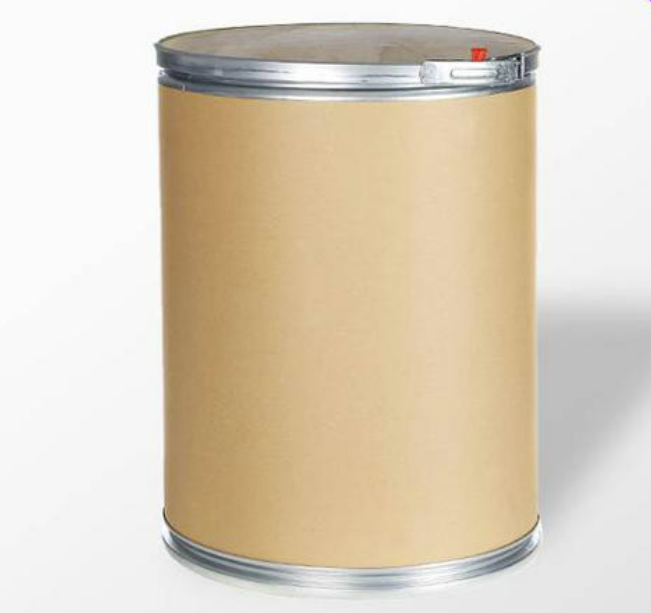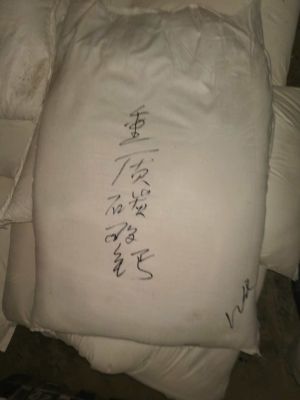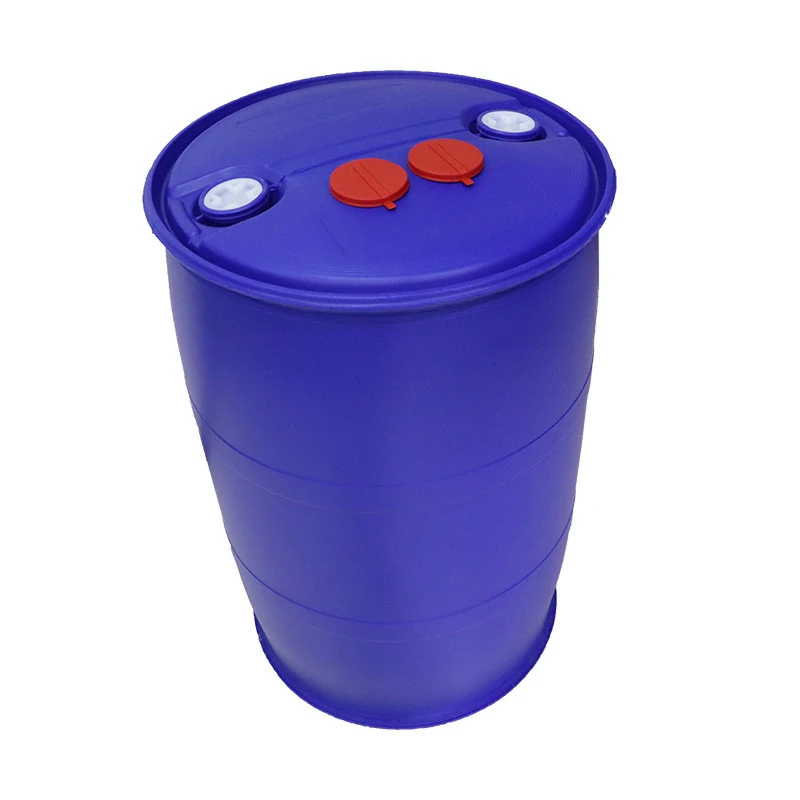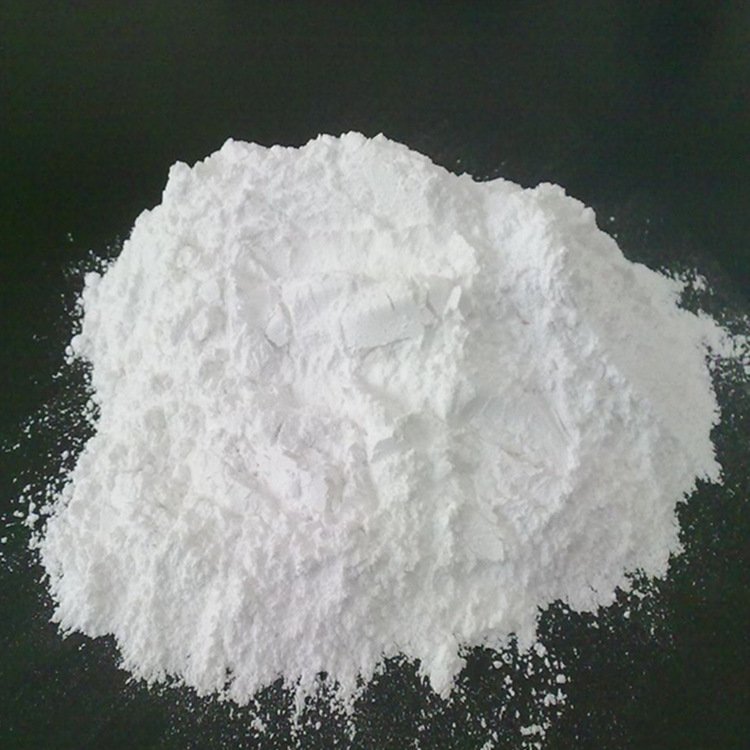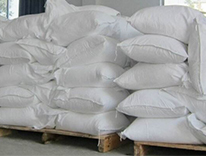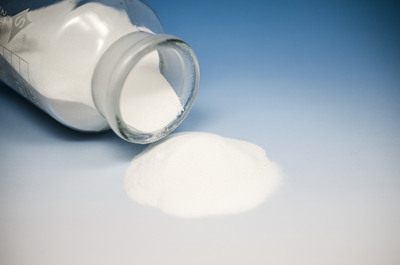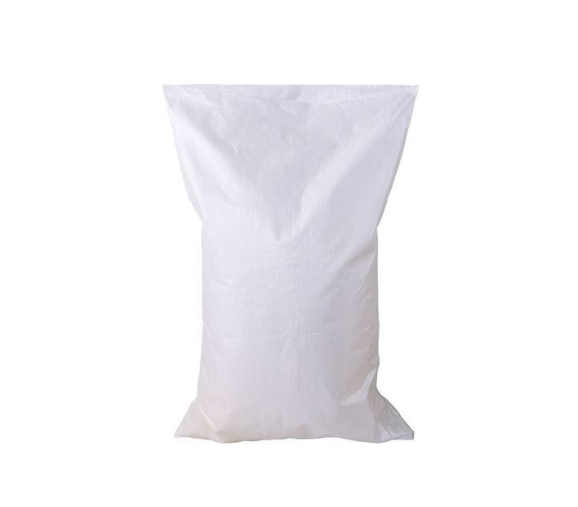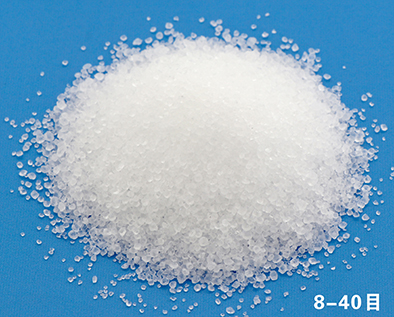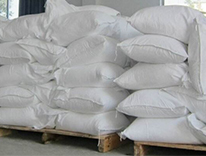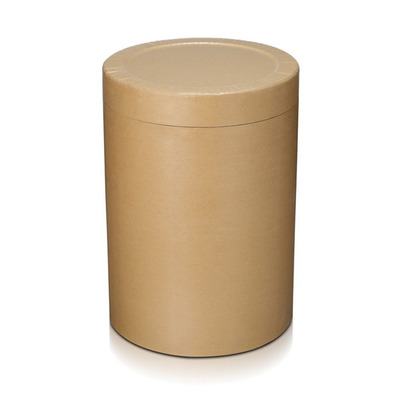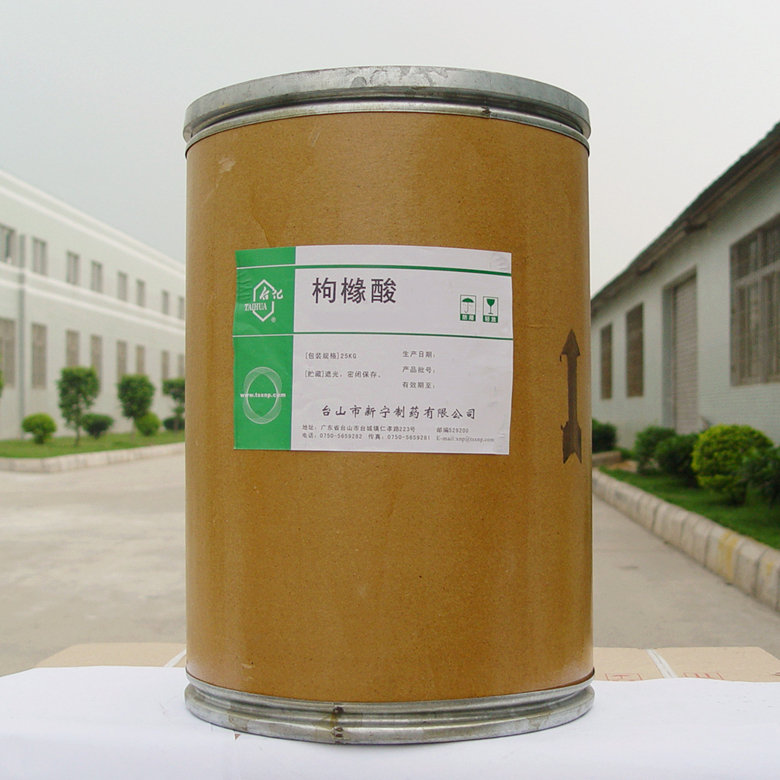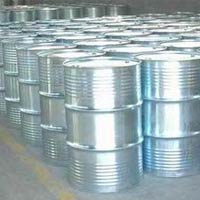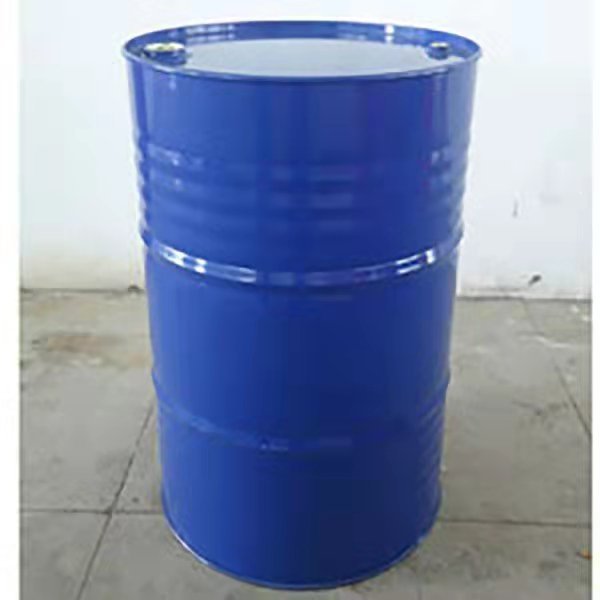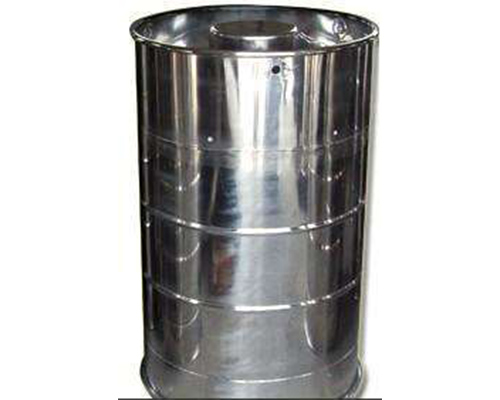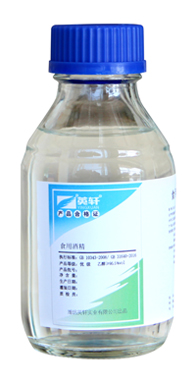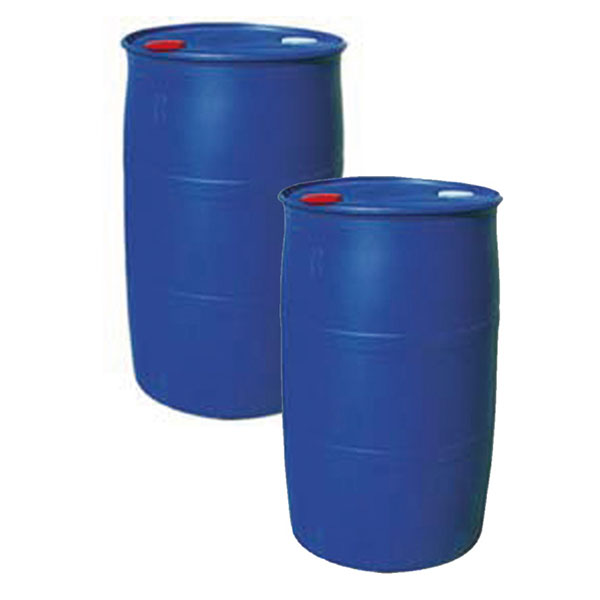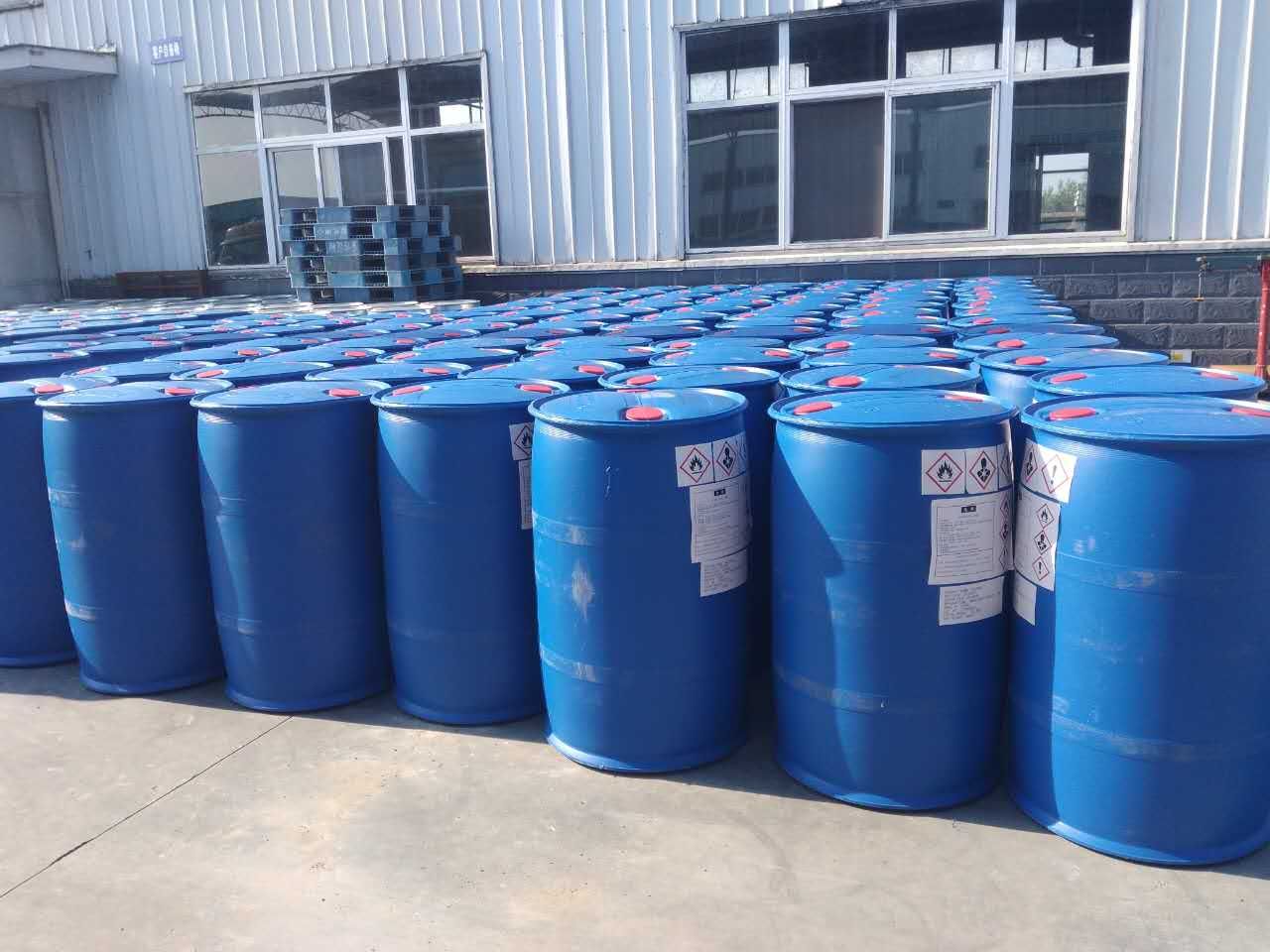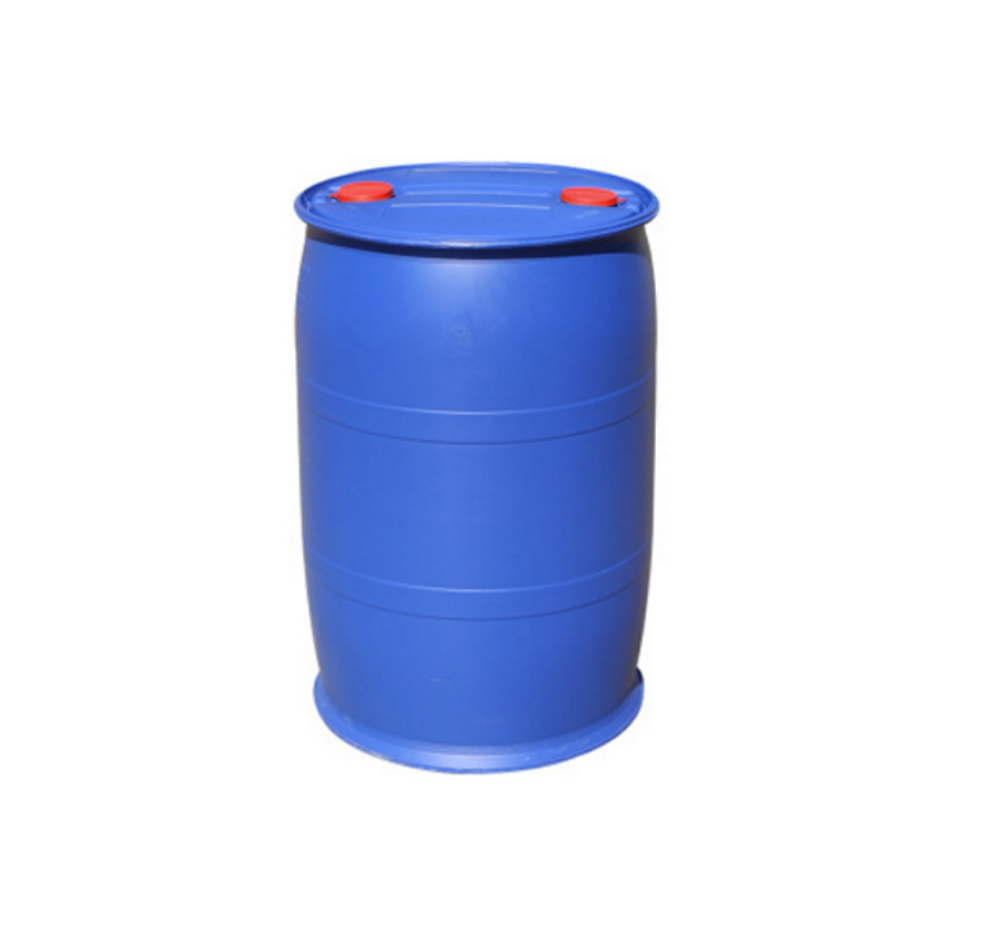Cosmetics
Find
902
related chemicals for you
CAS:471-34-1
Molecular Formula:CaCO3
Alias
More Information
Calcium Carbonate (Synthetic); Calcium Carbonate,Light Powder; Aragonite; Heavy Calcium Carbonate; Precipitated Calcium Carbonate; Calcite; PCC; Precipitated Chalk; Paris White; Aeromatt; Akadama; Albacar; Albaglos; caco3; Coral Calcium; Limestone; Calcuim Carbonate
Brief Introduction
It can be used as a filler in rubber, plastic, papermaking, putty, primer, coating and ink industries. It is widely used in the production of organic synthesis, metallurgy, glass and asbestos. It can also be used as a neutralizer for industrial waste water, an antacid for gastric and duodenal ulcers, an antidote for acidosis, a detoxifier for sulfur dioxide in exhaust gas containing sulfur dioxide, a feed additive for dairy cows, and an anti-sticking agent for linoleum. It can also be used as a raw material for tooth powder, toothpaste and other cosmetics.
Suppliers
View More Vendors (8) >
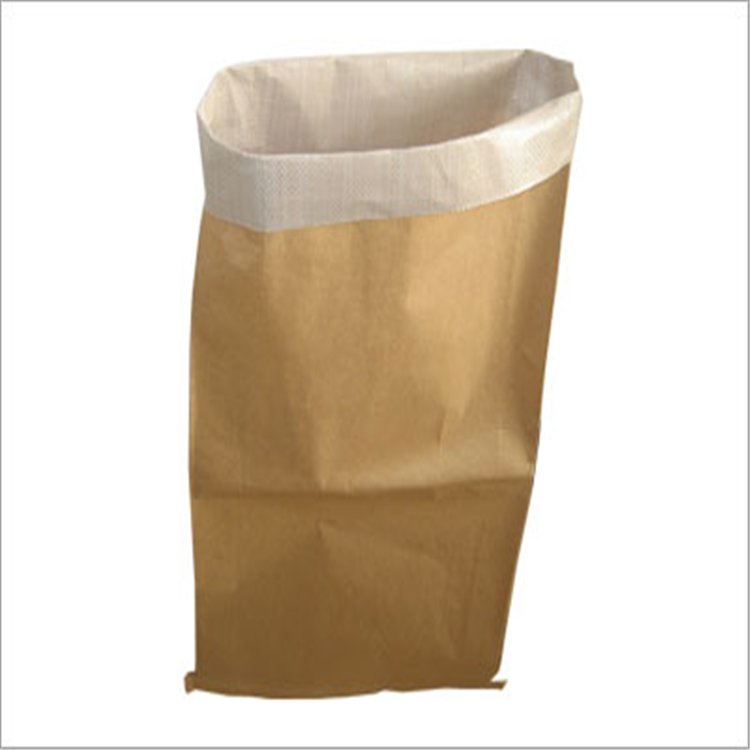
Light calcium carbonate: Ⅰ: 98.0% ~ 100.5%; Ⅱ: 97.0% ~ 100.5%; 0.5% ~ 100.5% heavy calcium carbonate: 97.5% ~ 100.5%
/
Food Grade
25kg
/
Paper Bag
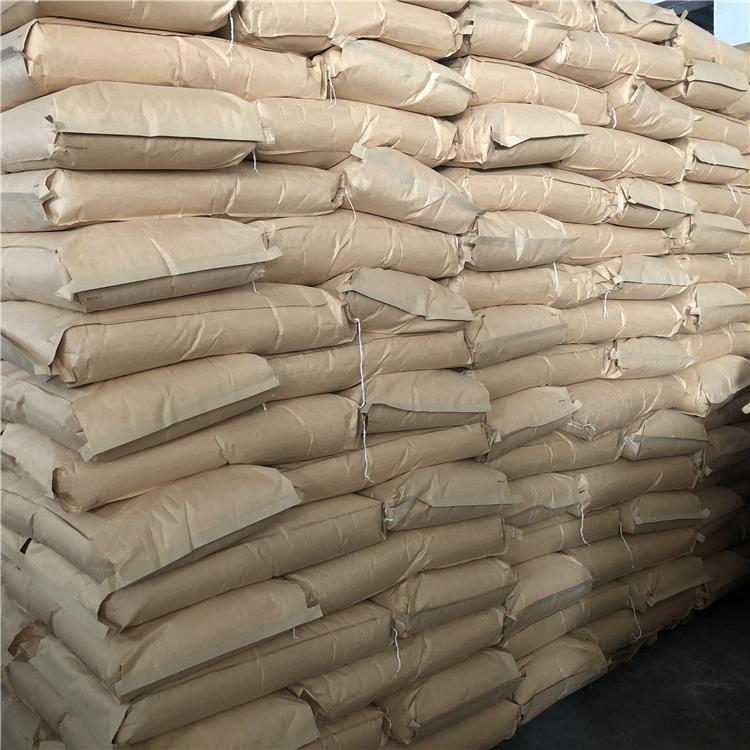
400 mesh passing rate ≥ 90%, D90 < 38 μ m
/
Tech Grade
25kg
/
Paper Bag
CAS:9002-86-2
Molecular Formula:(C2H3Cl)n
Alias
More Information
Polychloroethylene; Poly(1-Chloroethylene); PVC; pvc tpm31; cpvc; pvc Resins; PVC Resin; PVC Paste Resins; Polyvinyl Chloride Resin; Poly(Vinyl Chloride); Ethene, Chloro-, Homopolymer; Resin PVC K65; PVC Resin SG3; PVC SG5; PVC Resin K67; Black pvc Powder; PVC SG5 Manufacture; Paste PVC; pvc Paste Resin; TMP 31
Brief Introduction
Polyvinyl chloride (abbreviated as PVC) is a polymer material obtained by addition polymerization of vinyl chloride. It is the third most widely produced synthetic plastic polymer after polyethylene and polypropylene. There are two basic forms of PVC: rigid and flexible. Rigid PVC material can be used in pipes, doors and windows. It can also be used in bottles, other non food packaging, bank cards or membership cards. It can also be made into soft finished products by adding plasticizers, most commonly phthalates, to make it more flexible. In this form, it can be used for flexible pipes, cable insulators, imitation leather, soft labels, inflatable products, and in many applications to replace rubber. Pure PVC is a white, brittle solid. It is insoluble in alcohol but slightly soluble in tetrahydrofuran.
Suppliers
View More Vendors (8) >
Viscosity number 118-107ml/g; K value 68-66
/
Tech Grade
25kg
/
Woven Bag

TPM-31, polymerization degree 1230 ~ 1430
/
Tech Grade
25kg
/
Woven Bag
CAS:5949-29-1
Molecular Formula:C6H10O8
Alias
More Information
2-Hydroxypropane-1,2,3-Tricarboxylic Acid Hydrate; 1,2,3-Propanetricarboxylic Acid, 2-Hydroxy-, Monohydrate; 2,3-Propanetricarboxylicacid,2-Hydroxy-Monohydrate; Citric; Citric Acid Hydrate; Citric ACID, Monohydrate; Citric acid mono; Citric ACID(Monohydrate)
Brief Introduction
Citric acid monohydrate is mainly used in food and beverage industry as sour agent, seasoning agent, preservative and preservative. It is also used as antioxidant, plasticizer and detergent in chemical industry, cosmetics industry and washing industry.
Suppliers
View More Vendors (7) >
CAS:616-38-6
Molecular Formula:C3H6O3
Alias
More Information
Dmc; Dimethoxymethylal; Carbonic Acid Dimethyl Ester
Brief Introduction
The molecular structure of dimethyl carbonate contains carbonyl, methyl, methoxy and carbonylmethoxy, so it can be widely used in organic synthesis reactions such as carbonylation, methylation, methoxylation and carbonylmethylation, so it has a very wide range of applications, mainly used as carbonylation and methylation reagents, gasoline additives, raw materials for the synthesis of polycarbonate (PC), etc. 1. A new type of low toxic solvent can replace toluene, xylene, ethyl acetate, butyl acetate, acetone or butanone in the paint and adhesive industry, which is an environmental friendly green chemical product. 2. Good methylating agent, carbonylating agent, hydroxymethylating agent and methoxylating agent. It is a kind of chemical material with wide application. 3. Phosgene, dimethyl sulfate, methyl chloroformate and other potent drugs are ideal substitutes. 4. Synthesis of polycarbonate, diphenyl carbonate, isocyanate, etc. 5. In medicine, it is used to synthesize anti infective drugs, antipyretic and analgesic drugs, vitamin drugs and central nervous system drugs. 6. Pesticides are mainly used in the production of methyl isocyanate, and then some carbamate drugs and insecticides (anisole). 7. Gasoline additives, lithium battery electrolyte, etc.
Suppliers
View More Vendors (7) >
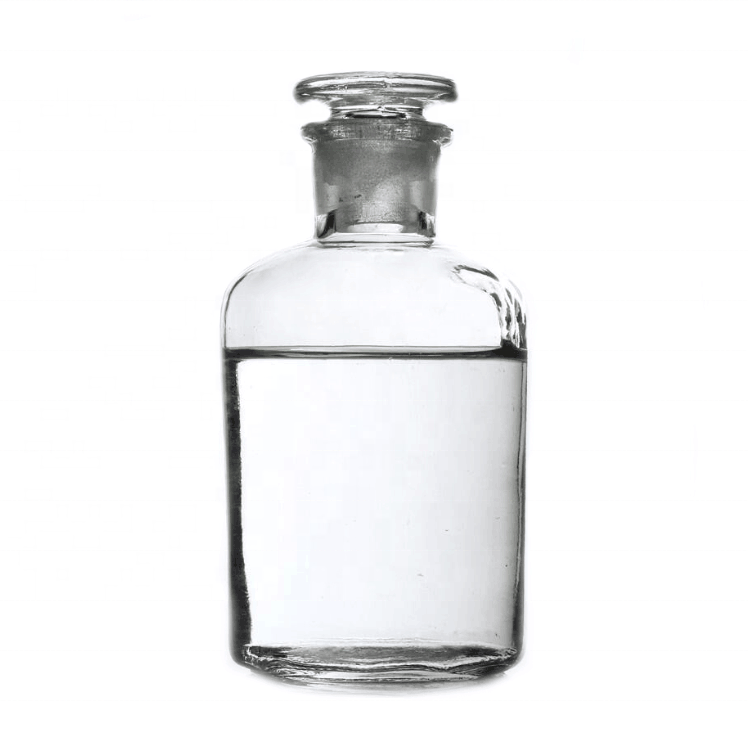
≥99.90%
/
Tech Grade
24000kg
/
ISO Tank
Alias
More Information
Ethyl Alcohol; Grain Alcohol; Absolute Alcohol; Cologne Spirit; Absolute Ethyl Alcohol; EtOH; Ethyl Hydroxide; Ethylic Alcohol; Drinking Alcohol; Methylcarbinol; Ethylol; Alcohol; Industrial Alcohol; Edible Alcohol; Ethyl Hydrate; Hydroxyethane; Anhydrous Ethanol; Ethanol AR; Ethyl Alcohol of 99.9% Purity; Ethonal; Denatured Alcohol
Brief Introduction
Ethanol is an important organic solvent, which is widely used in medicine, coatings, sanitary products, cosmetics, grease and other methods, accounting for about 50% of the total consumption of ethanol. Ethanol is an important basic chemical raw material, which is used to manufacture acetaldehyde, ethylene diene, ethylamine, ethyl acetate, acetic acid, chloroethane, etc., and derived many intermediates of medicine, dyes, coatings, spices, synthetic rubber, detergent, pesticides and other products. There are more than 300 kinds of products, but at present, the use of ethanol as an intermediate of chemical products is gradually declining, Many products, such as acetaldehyde, acetic acid and ethyl ethanol, no longer use ethanol as raw materials, but use other raw materials instead. 75% ethanol aqueous solution has strong bactericidal ability and is a common disinfectant. Specially refined ethanol can also be used to make beverages. Similar to methanol, ethanol can be used as energy. Some countries have begun to use ethanol alone as vehicle fuel or mixed with gasoline (more than 10%) to save gasoline.
Suppliers
View More Vendors (7) >
Kellin Chemicals (Zhangjiagang) Co., Ltd

≥99.9%
/
Tech Grade
165kg
/
Iron Drum
Bozhiyuan Technology (Guangdong) Co.,Ltd.
EL
/
Electronic Grade
Inquiry (
10
/ 10
)
Clear All
You can inquire for up to 10 products at a time
Sign In
Error!

